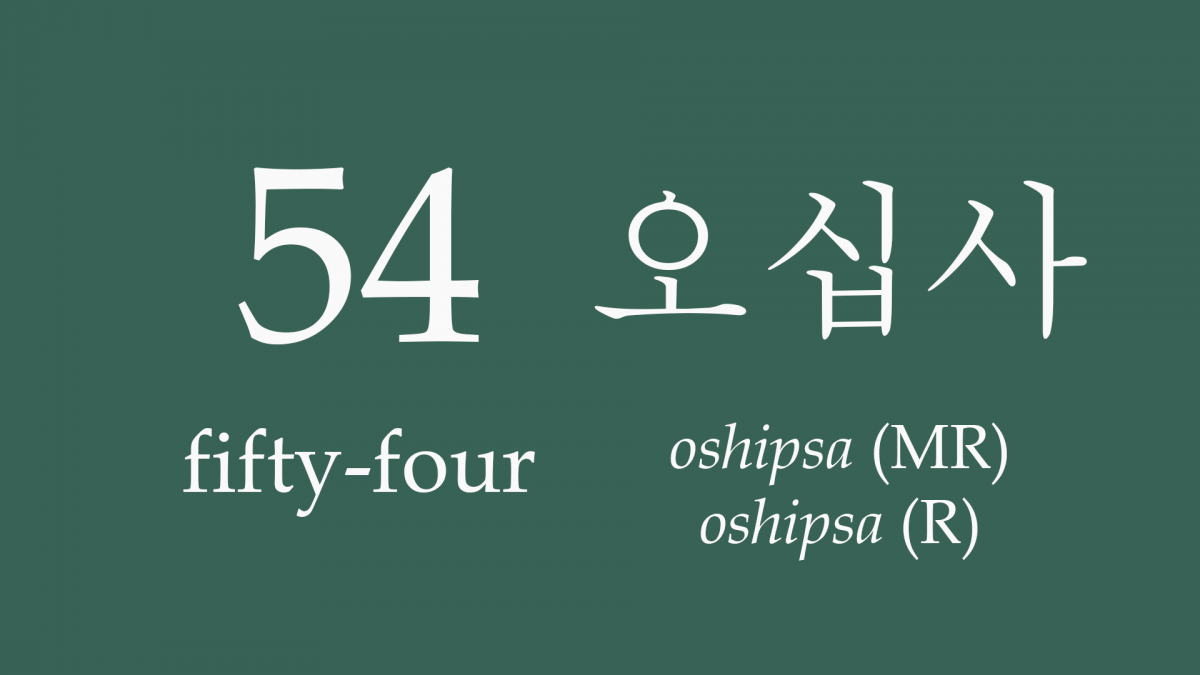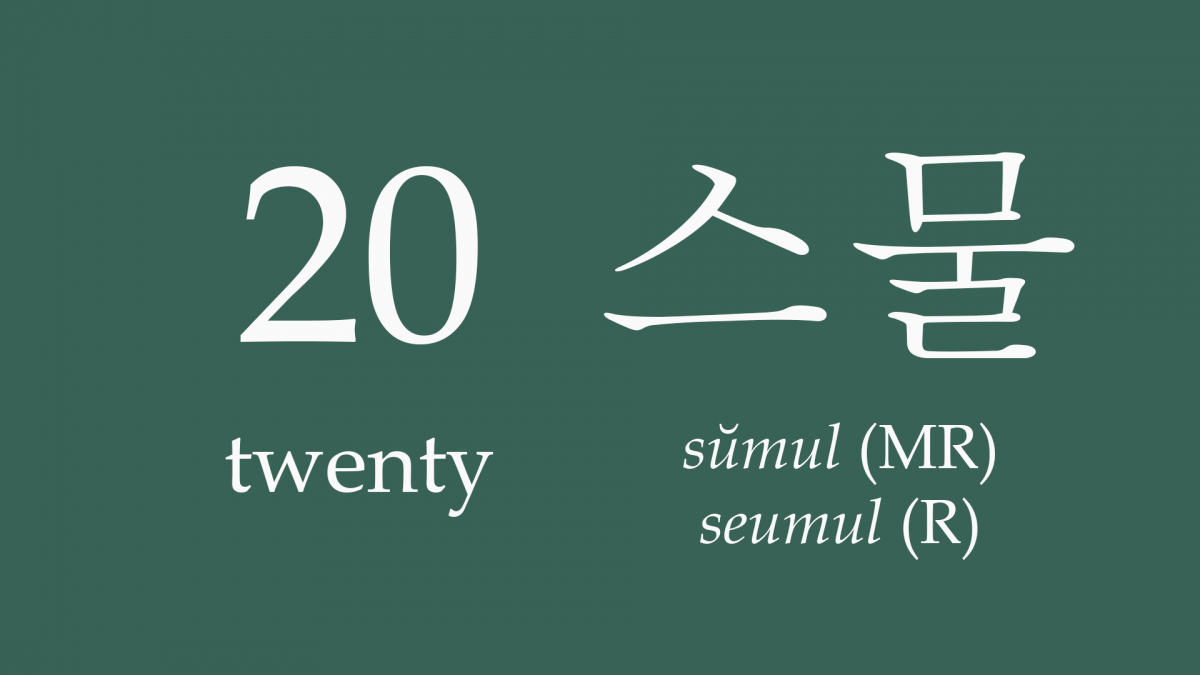(I started writing this article before the World Taekwondo Federation changed its name to just World Taekwondo, but the point still stands. Also, this article somewhat assumes that you haven’t read any of my other posts, as I use the conclusions of this post across the rest of the blog.)
***
The two most popular styles of Taekwondo are generally referred to as ‘WTF Taekwondo’ and ‘ITF Taekwondo’. I don’t know about you, but to me these are rather uninspiring names for styles of Taekwondo – sets of initials – they are quite stale and corporate.
‘WTF Taekwondo’ refers to the World Taekwondo Federation, which follows the style and curriculum of Kukki-won, the national centre for Taekwondo in Seoul, South Korea. It’s the style that’s used in the Olympics, so it’s a very visible style of Taekwondo.
‘ITF Taekwondo’, following a similar idea, refers to the International Taekwondo Federation. The ITF was founded by Choi Hong-hi, and the organisation follows the style of Taekwondo promulgated by Choi. However, since its inception, the ITF has split multiple times, and presently there is not just one International Taekwondo Federation, but at least three (which you can read about here: http://taekwondo.wikia.com/wiki/ITF_Taekwon-do). This division is the result of years of disagreements. Several separate organisations call themselves the ‘International Taekwondo Federation’, and each one claims to be the genuine ITF.
There are also other international organisations which practise the same style as the ITFs, but which don’t call themselves the ‘ITF’ (and aren’t necessarily direct secessions). Taekwondo International would be an example of this.
All of the different ITFs (and the other organisations like Taekwondo International) continue to follow Choi’s style of Taekwondo, but there are variations. An example is that students in some of these organisations practise the form Juche, and students in others practise Kodang. So when we say ‘ITF Taekwondo’, which ITF are we referring to? Which ITF is the authority on what ‘ITF Taekwondo’ is?
The name ‘ITF Taekwondo’ is therefore ambiguous. It doesn’t refer to just one style – it refers to one or all of several, ever-so-slightly different styles practised by the different ITFs and ITF-like organisations. (And when you have to explain to someone why the style of Taekwondo you practise is called ‘ITF Taekwondo’, you end up having to explain all of that history, and it gets confusing quickly.) Also, neither of these style names are Korean. I think in Taekwondo, a general principle should be: Korean first, English second (or any other language second). ‘ITF Taekwondo’ and ‘WTF Taekwondo’ are therefore not ideal names for these two styles.
Furthermore, while ‘ITF’ and ‘WTF’ Taekwondo are the two most popular styles, there are several other styles of Taekwondo. ‘GTF Taekwondo’ is the style of the Global Taekwondo Federation. The GTF was established by Bak Jung-tae, and follows a style that’s derived from Choi’s style. The proper name for ‘GTF Taekwondo’ is a topic for another post.
There’s also Cheongdo-kwan Taekwondo. Cheongdo-kwan was one of the original Kwans in 1950’s Korea. Today, the official Cheongdo-kwan supports the curriculum of Kukki-won, but there are other groups with the Cheongdo-kwan name which practise the original style of the school, which includes a number of forms from 松濤館 空手 Shōtōkan Karate.
It’s clear that the names generally used for many styles of Taekwondo are not ideal. So what should these styles be called? What form should these style names have?
Style names in Karate follow one of two schemes: the –ryu scheme, where the style name ends in 流 ryu, meaning ‘style’, such as 剛柔流 Gōjū-ryū or 一心流 Isshin-ryū, and the -kan scheme, where the style name ends in 館 kan, meaning ‘hall’ or ‘place’, such as 松濤館 Shōtōkan. Why is this relevant? Why are the naming conventions in Karate relevant to Taekwondo? Well Taekwondo is of course related to Karate, and one of the features that it borrows is that its name follows the same naming convention as many Japanese martial arts. The -do of Taekwondo is the same -do as in 空手道 karate-dō, 柔道 jūdō, and 剣道 kendō. Consequently, the conventions of style names of Japanese martial arts are also relevant for Taekwondo. Indeed, the original Kwans of Taekwondo all followed these conventions, and the -kwan (관 kwan is the Korean pronunciation of 館 kan) scheme (hence why they are called ‘Kwans’):
- 창무관 彰武館 Changmu-kwan
- 청도관 靑濤館 Cheongdo-kwan
- 강덕원 講德院 Kangdeok-won
- 한무관 韓武館 Hanmu-kwan
- 정도관 正道館 Jeongdo-kwan
- 지도관 智道館 Jido-kwan
- 무덕관 武德館 Mudeok-kwan
- 오도관 吾道館 Odo-kwan
- 송무관 松武館 Songmu-kwan
You may have noticed that there is a Kwan in this list which does not follow the -kwan naming scheme. Kangdeok-won has the ending -won. 원 院 won means ‘institute’ or ‘centre’, and the fact that Kangdeok-won is considered influential in the development of Taekwondo establishes the -won ending as a valid ending for style names in Taekwondo.
Considering these naming schemes, we can write a list of conventions that a style name should follow. A traditional style name should:
- Be a Korean name, subsequently translated into English or romanised
- Follow
- The -ryu or -yu naming scheme (流 -ryū in Korean is pronounced either 류 -ryu or 유 -yu)
- Or the -kwan naming scheme
- Or the -won naming scheme
- Be based on
- The name or pen-name of its founder (a traditional example of this would be Shōtōkan Karate, which was named after 船越 義珍 Funakoshi Gichin, whose pen-name was 松濤 Shōtō)
- Or a philosophical concept (a traditional example of this would be Gōjū-ryū, meaning ‘the hard and soft style’)
- Or a place (a traditional example of this would be 少林流 Shōrin-ryū, a style of Karate which is reportedly named after 少林寺 Shàolín sì – the Shàolín Temple in China)
So following these conventions, what are some better names for ‘ITF Taekwondo’ and ‘WTF Taekwondo’?
As for ‘ITF Taekwondo’, Choi’s pen-name was 창헌 Changheon, meaning ‘blue pavillion’, and so his style of Taekwondo could be called 창헌유 Changheon-yu. And indeed, Choi himself calls his style this in older versions of his encyclopaedia. This is the name I use for the style whenever I write about it (and is the name Choi’s style is known by in South Korea). Another possible name for Choi’s style could be Odo-kwan. Odo-kwan was one of the nine Kwans, and was founded by Choi. This follows the -kwan naming scheme, and 오도 吾道 odo means ‘our way’. If Choi ever called his style of Taekwondo this, he did not do so very often, and so this name should not be used to refer to Choi’s style of Taekwondo as it exists today.
As for ‘WTF Taekwondo’, ‘WTF Taekwondo’ is not the style that follows the philosophy and principles of a single person, but is instead the style put forth by the Taekwondo centre in Seoul, known as 국기원 國技院 Kukki-won. This name can be used for the style of Taekwondo, as well as the physical place, since the name already follows the conventions listed above – 국기 國技 gukgi means ‘national art’ or ‘national skill’, thus is a philosophical concept, and the name follows the -won scheme.
So these are my recommendations for how we should refer to the major styles of Taekwondo. ‘ITF Taekwondo’ is properly called Changheon-yu Taekwondo (or Ch’anghŏn-yu if you prefer the McCune-Reischauer Romanisation, and Changhon-yu if you prefer a simplified romanisation), and ‘WTF Taekwondo’ is properly called Kukki-won Taekwondo (which would be written Gukgi-won in the Revised Romanisation, and Kukki-wŏn in the McCune-Reischauer Romanisation). These names are unambiguous; they are Korean; and they are not stale or corporate in the way that ‘ITF’ and ‘WTF’ are.




